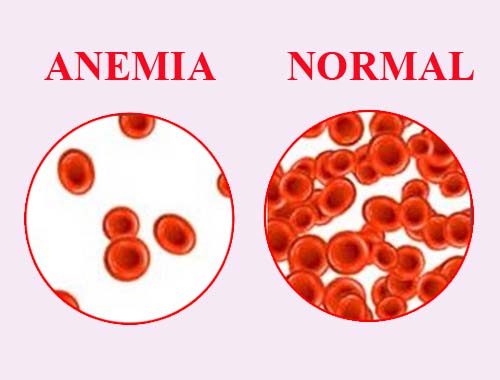Blood counts Reference Ranges Analyzer
Published: 19 May 2024

The Importance of Context in Medical Testing
For clarity, this article will use the term "reference range" instead of "normal range." "Normal range" is rarely used today because it can be misleading. Medical data can only be interpreted when all relevant information is available.
For example, the "average" heart rate is about 70 beats per minute. However, this information is meaningless without considering individual factors. A heart rate of 120 after a workout is normal but would be concerning at rest.
Therefore, "reference range" or "reference values" are more accurate terms because they emphasize the need for context. Increasingly, "reference values" is used interchangeably with "reference range."
Establishing Reference Ranges
Reference ranges are determined by testing a large group of individuals considered to represent a "normal" population for the test in question. The average value for the group is calculated, and natural variation around that value is accounted for (plus or minus 2 standard deviations).
In other words, in a "normal" population, 5% of test results (1 in 20) will fall outside the reference range. This means that even within a normal population, some individuals will have test results that differ significantly from the average.
Individualized Interpretation
It is crucial to consider medical test results in the context of each patient's individual circumstances. A doctor will evaluate the results based on the patient's age, sex, medical history, current medications, and any relevant activities.
This is why the term "reference range" is preferred over "normal range." It emphasizes that test results should not be interpreted in isolation but as part of a broader picture that includes the individual patient's circumstances.
Cultural and Demographic Considerations
It is also important to note that "normal" values can vary across different populations. Reference ranges are typically based on the values found in a specific reference group, and these values may differ from those of other groups.
For clarity, this article will use the term "reference range" instead of "normal range." "Normal range" is rarely used today because it can be misleading. Medical data can only be interpreted when all relevant information is available.
For example, the "average" heart rate is about 70 beats per minute. However, this information is meaningless without considering individual factors. A heart rate of 120 after a workout is normal but would be concerning at rest.
Therefore, "reference range" or "reference values" are more accurate terms because they emphasize the need for context. Increasingly, "reference values" is used interchangeably with "reference range."
Establishing Reference Ranges
Reference ranges are determined by testing a large group of individuals considered to represent a "normal" population for the test in question. The average value for the group is calculated, and natural variation around that value is accounted for (plus or minus 2 standard deviations).
In other words, in a "normal" population, 5% of test results (1 in 20) will fall outside the reference range. This means that even within a normal population, some individuals will have test results that differ significantly from the average.
Individualized Interpretation
It is crucial to consider medical test results in the context of each patient's individual circumstances. A doctor will evaluate the results based on the patient's age, sex, medical history, current medications, and any relevant activities.
This is why the term "reference range" is preferred over "normal range." It emphasizes that test results should not be interpreted in isolation but as part of a broader picture that includes the individual patient's circumstances.
Cultural and Demographic Considerations
It is also important to note that "normal" values can vary across different populations. Reference ranges are typically based on the values found in a specific reference group, and these values may differ from those of other groups.
